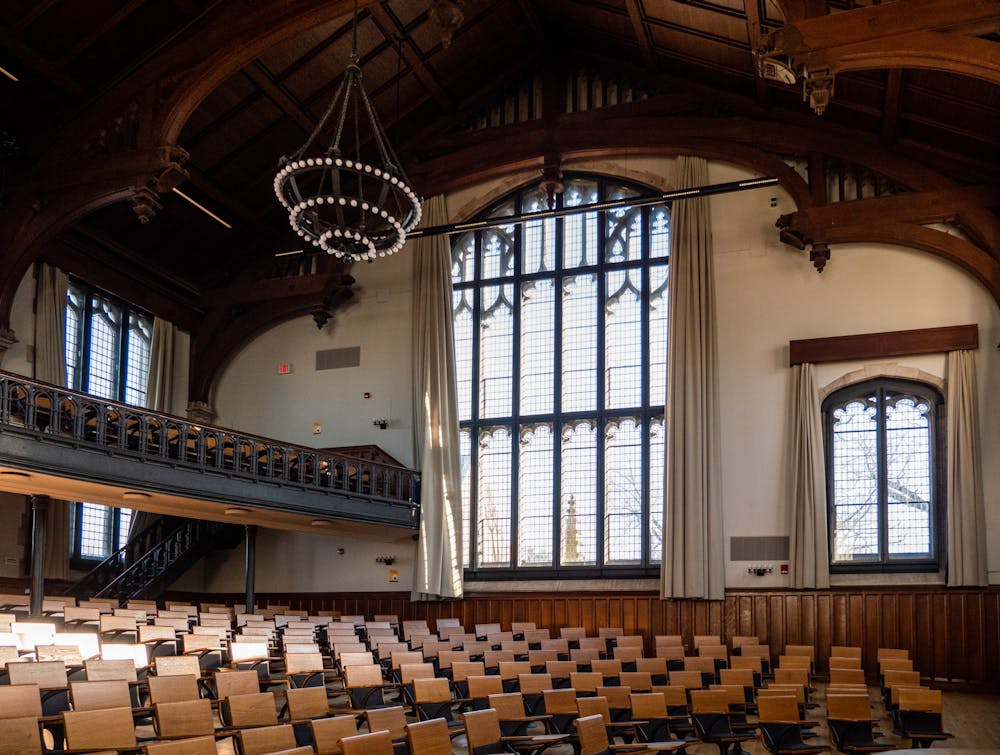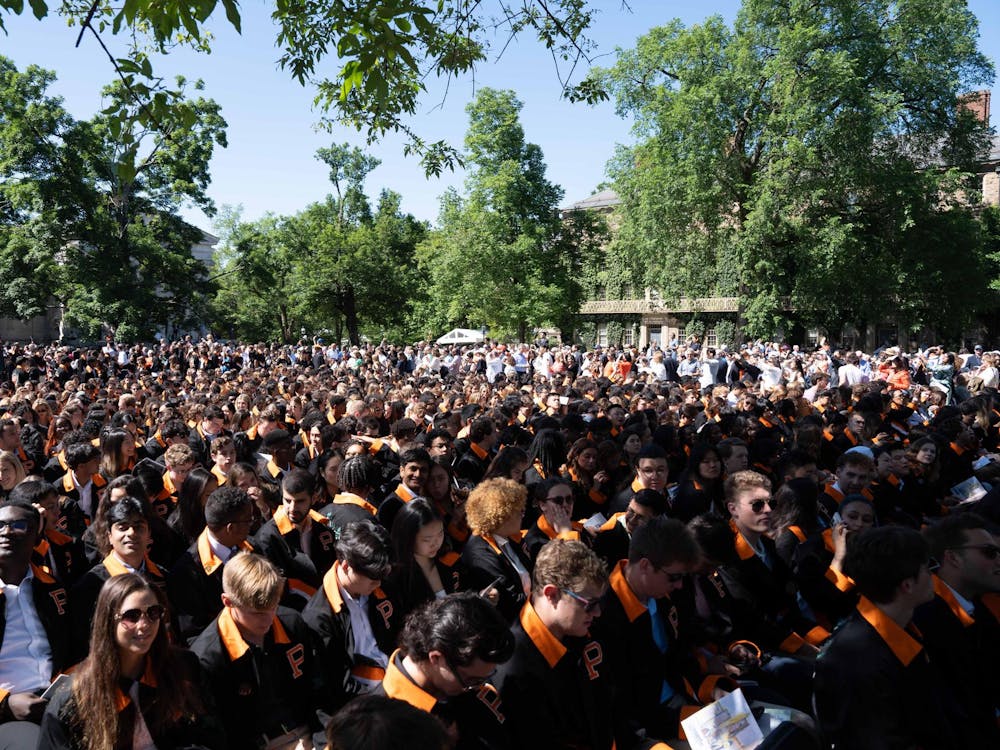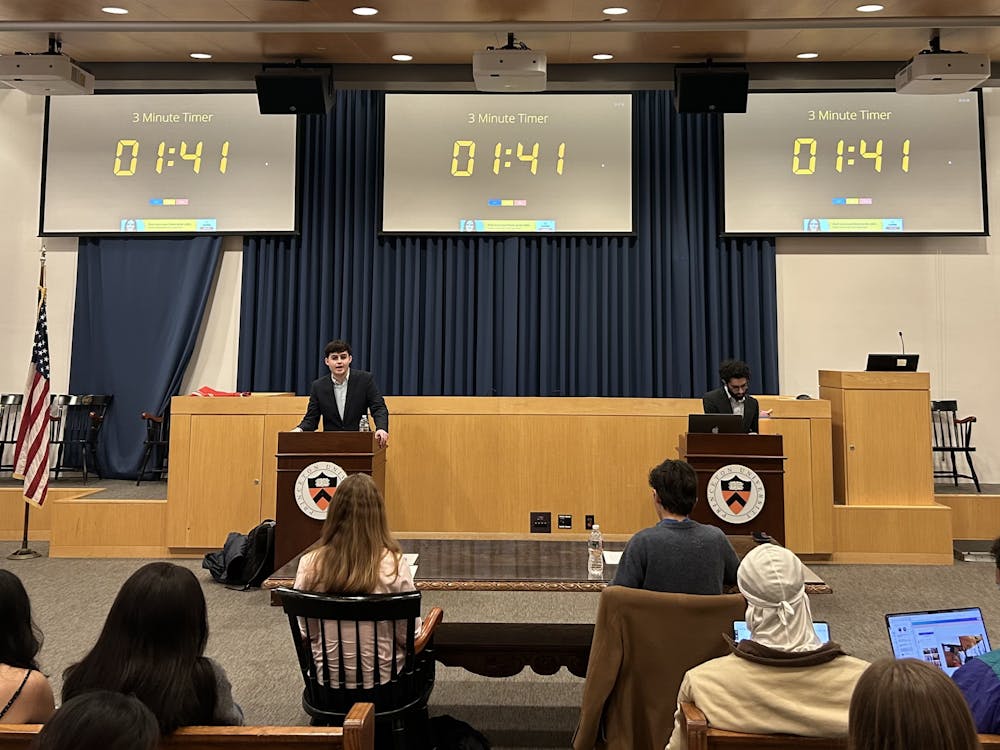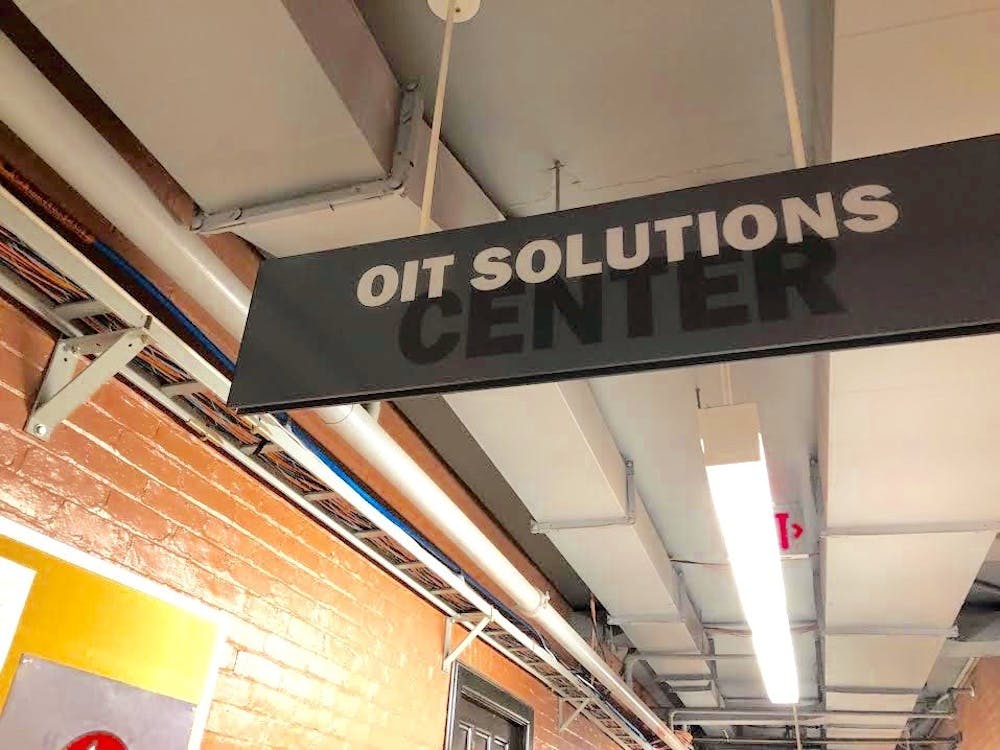Ever since our much-hated grade deflation policy was lifted in 2014, Princetonians’ GPAs have been steadily trending upwards. According to the Office of the Dean of the College, the average GPA for the 2022–2023 academic year was 3.56 out of 4.00, an increase from the 2018–2019 average of 3.46. In 2005, when grade deflation policies were first implemented, the average GPA was around 3.30. A recent article in The New York Times noted the same phenomenon of grade inflation at Harvard and Yale, and quoted students, alumni, and professors lamenting that a good grade today is “worth less” than ever before.
This narrative unfairly stigmatizes grade inflation, ignoring its broader context and changes in factors that influence grades. Grade inflation is not an inherently bad thing. Just as modern economists say that low, stable, and predictable price inflation is good for an economy, a low and consistent rate of grade inflation can be healthy for a university, and in fact should be expected given increasing competitiveness in admissions at both the undergraduate and graduate level. Our GPA’s pandemic spike of 0.10 over the past five years may be more than the long-term inflation rate, but it doesn’t need to be counteracted with more deflation. Princeton shouldn’t view grade inflation as a problem to be solved, but rather as a phenomenon to be managed.
The underlying assumption of arguments against grade inflation is that GPAs should ideally remain stagnant in the long term. If professors maintain the same grading standards year after year, and each class of students is more or less equally qualified, GPA distributions would indeed remain constant. But the composition and characteristics of each class year have changed significantly between 2005 and now. It’s no secret that college admissions have gotten drastically more competitive in the same time span. The class of 2005 had a 11.7% acceptance rate; the class of 2025 had a 4.0% acceptance rate. Even after the recent expansions of the student body, which saw a slight uptick in the admissions rate (back up to 4.5%), it is still almost twice as hard to get into Princeton today than it was at the turn of the century, and the same is true for all other Ivy League schools.
Subjected to such intense selective pressures, the average Ivy Leaguer has almost certainly taken more AP and IB courses, been forced to develop better time management skills to juggle ever-crazier extracurricular schedules, and been trained to reflexively obsess more about their grades and test scores than ever before. It’s not much of a stretch to imagine that the average Ivy Leaguer is also objectively performing better than ever before in college. After making it through the most ruthlessly Darwinian college admissions process in history, each successive class of Princetonians might really have evolved to be better than their predecessors.
In my anecdotal experience, many alumni freely admit that they would have a tougher time getting in today than they did “back in the day.” That makes the general reluctance to admit the logical corollary — that today’s students continue their habits of excellence after matriculation — all the more puzzling. And if students are getting better, even marginally, a little bit of grade inflation is only to be expected. The only way to maintain equilibrium in that case would be to make grading standards stricter than they were in the past, which we tried already, to disastrous effect, during the years of grade deflation.
Let’s remember what we learned from that failed experiment — Princeton doesn’t exist in a vacuum, but within an ecosystem of employers, graduate schools, and peer institutions. The same New York Times article that complained about grade inflation at Harvard and Yale also observed that “G.P.A.s have been increasing at colleges nationwide by about 0.1 per decade since the early 1980s.” Even with Princeton’s pandemic-era uptick in grades to a 3.56 average, we still lag behind Harvard (3.80) and Yale (3.70), whose students we compete against in fellowship applications, graduate school admissions, and job searches. In 2014, Princeton denied that its grade deflation policy had tangible impacts on postgraduate competitiveness, but empirical studies have shown otherwise: even after being provided with candidates’ GPAs in the context of their school’s average GPA, admissions staff and employers still prefer applicants with higher GPAs because of cognitive biases. Imposing grade deflation or grade stagnation when other schools continue to inflate is unilateral disarmament.
One caveat with the analogy between price inflation and grade inflation is that prices can rise infinitely but grades are capped on a 4.0 scale. The nightmare scenario is that after a couple of decades, extrapolating that 0.10 per decade growth rate, the average Princetonian will eventually have a perfect 4.0 GPA. I find that prospect unlikely. The competitive pressure of admissions will presumably plateau at some point, as it already has in the last couple of years with the expansion of the student body, and the shrinking U.S. population pyramid ensures that the total number of 17- and 18-year olds applying will shrink. Accordingly, I anticipate that the grade inflation rate will naturally shrink. The more likely outcome is something closer to what The Crimson has described as “grade compression,” where the bell curve gets “tighter and taller” as grades get “pushed against the 4.0 ceiling.”
One potential mitigating solution is to bring back the A+ as a 4.3, which was official school policy prior to 2000–2001 and is still how the Law School Admissions Council calculates GPAs today. Another potential way to differentiate students is to put more emphasis on departmental honors, which are explicitly curved relative to the rest of the class. But if the Princetonians of tomorrow are so incredible that they can earn 4.0 GPAs on the same rubric we’re graded on, then they deserve them, fair and square. Professors, especially those who have been teaching for a long time, should certainly not relax their standards — but there’s no reason to mandate raising them either.

In short, policies designed to correct for grade inflation cause more harm than good. A modest amount of grade inflation should be expected given the broader trends of a hypercompetitive admissions system that has cultivated a more academically qualified student body. It may make each individual good grade less significant, but this is an acceptable tradeoff against the alternative of deflation. Of course, if grade inflation rates suddenly spike beyond what is reasonably expected, that might require adjustments, especially on a department-level basis. Classics, for instance, might want to take a hard look in the mirror after its average course GPA jumped 0.20 points in one year, as The Daily Princetonian reported in 2020.
The goal of the University as a whole should not be to keep grades stagnant. Grade inflation is not inherently a problem that requires an overengineered solution of quotas and curves, but a development to be monitored. As newly appointed Dean of the College Michael D. Gordin prepares to assume his office, Princeton would do well to keep this philosophy in mind. Let’s hope that the University won’t seek to reverse our GPA distribution trends and instead appreciate that low, stable, and predictable grade inflation makes for a healthy and fair academic economy.
Vincent Jiang is a junior concentrating in the School of Public and International Affairs who spent way too much time refreshing the TigerHub grade portal this winter break. A contributing Opinion Columnist at the Prince, he can be reached via email at vincentjiang@princeton.edu, on Instagram at @vincent.vjiang, or on Twitter at @vincent_vjiang.









